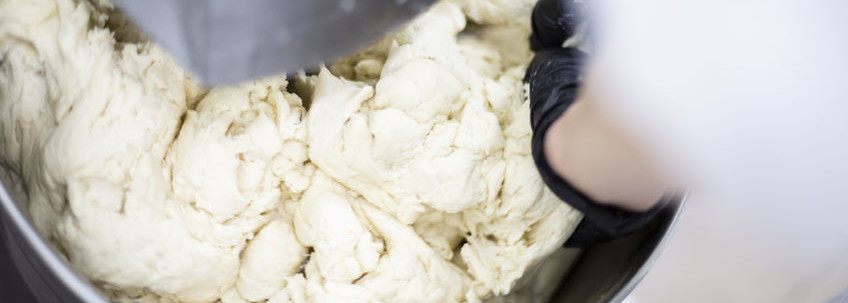
These surfactants are the go-to emulsifier for commercial baking. Mono and Diglycerides are glycerol molecules with one or two fatty acids attached via interesterification. The result is a multi-functional ingredient.
What do they do in baked goods?
- Improve loaf volume
- Create a softer crumb
- Extend textural shelf-life of cakes and bread
- Optimize aeration of cake batters
- Stabilize oil-in-water emulsions like cake batters
- Improve gas retention capacity of bread flour
- Strengthen gluten network by interacting with wheat proteins
They do all that by:
- Reducing water-oil interfacial tension
- Improving dispersion and incorporation of dry and liquid ingredients
- Increasing aeration of batter emulsions
- Improving foam (air/water emulsion) stabilization
- Modifying fat crystals
What are my options for baking with Mono and Diglycerides?
A large number of surfactants and blends are available in the form of plastic, hydrated, powdered and distilled monoglycerides. With the clean label trend growing, alternatives are also available.
What conditions do they need to preform properly?
- Melting point: controls physical state of product
- Monoglyceride content: commercially available products vary from 40% to 95% monoglyceride content
- Degree of unsaturation
- Crystalline form: alpha and beta. Alpha form is the most functional in bakery products.
- Hydrophilic/lipophilic balance (HLB): Monoglycerides possess lipophilic character and therefore have low HLB numbers (3–6)

